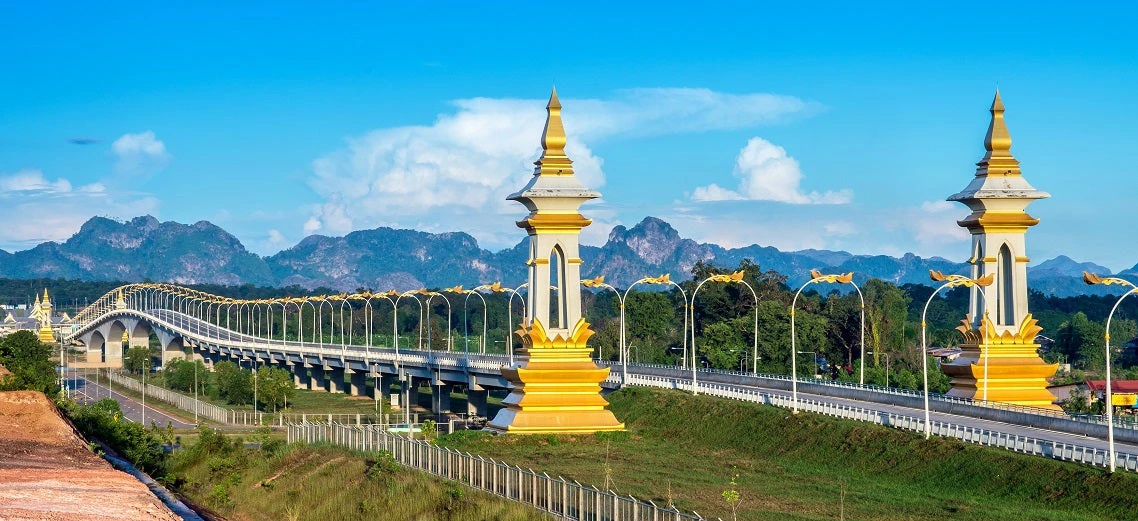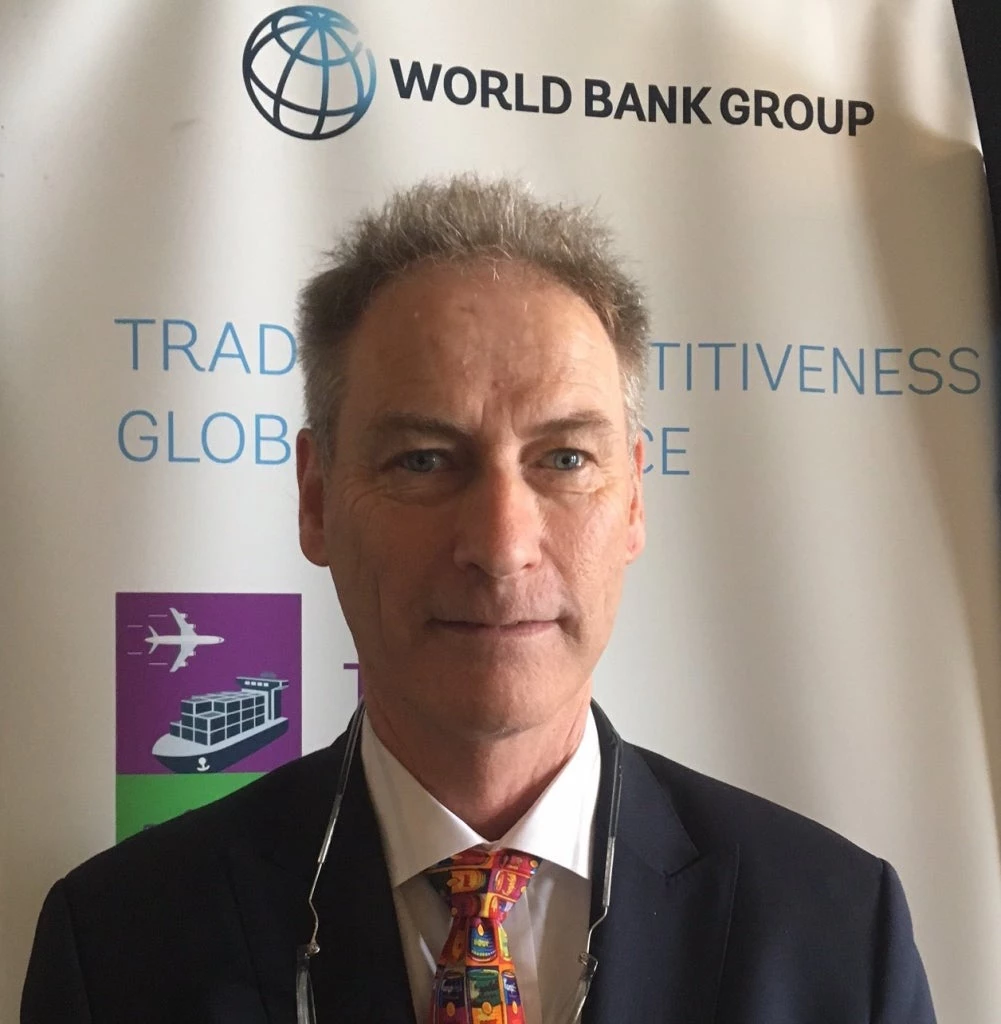 Third Thai-Lao relation bridge
Third Thai-Lao relation bridge
The Lao PDR Trade Portal — the first Trade Information Portal set up with support from the Trade Development Facility Project — turns ten years old in June 2022. In its first decade, the portal has become the template for global publishing of trade-related information in developing economies, helped the country join the World Trade Organisation (WTO), and provided practical time-saving advice to millions of customers.
A Trade Information Portal is a web-based system that makes cross-border trade regulatory information available at the stroke of a key. Publishing regulations, procedures and forms online makes it easier for traders and investors to comply with regulatory requirements for importing and exporting. This ultimately lowers the cost of doing business and translates to economic gains, especially for smaller firms and new market entrants.
The Lao Trade Portal began with a small team in the old Ministry of Industry and Commerce building in Vientiane, identifying and digitizing the vast collection of laws, rules, regulations, and procedures that governed cross-border trade and deciding how to make it accessible. The project was supported by a multi-donor trust fund grant from Australia, the European Union and Germany, and administered by the World Bank from 2008-13. This effort was driven by Laos’ desire to accede to the WTO, ultimately making it possible for the country to achieve that goal in 2013.
The portal was designed to reduce the time and costs associated with cross-border trade and to overcome problems accessing the sometimes opaque and non-digitalized information on trade-related laws, regulations, procedures, tariffs, fees, charges, and forms.
The Lao Trade Portal has proved its usefulness to the trading community over a decade of service, and remains relevant today: the portal received well over half a million hits in 2021 and more than 100,000 visits in the first four months of 2022.
The experience gained in setting up the Lao Trade Portal was crucial in setting the standards and recommendations set out by the United Nations Centre for Trade Facilitation and Electronic Business in its Recommendation No. 38, which describes good practice in developing a trade portal and underscores this “is an important trade facilitation measure which all countries should implement”.
The Lao Trade Portal sets an example and created a standard
As well as shaping the way the World Bank helps set up trade portals in other countries, the process behind the Lao portal also taught lessons that we use when helping countries improve trade facilitation. These lessons include:
- Establish a foundation of public-private ownership of the trade facilitation agenda.
Forming a National Trade Facilitation Committee (NTFC) brings together stakeholders from government and the private sector to drive the trade facilitation reform agenda and supervise its implementation. The Lao experience showed the importance of giving the NTFC a relatively straightforward task to get things moving. Creating a public website to publish information transparently is non-controversial and provides an opportunity for all stakeholders to start talking to each other and set the scene for more complex administrative and policy decisions down the line such as a National Single Window system.
- Streamlining non-tariff measures and procedures
“If you can’t measure it, you can’t manage it”, goes the famous saying by Peter Drucker. Many countries need to simplify their procedures and non-tariff measure (NTM) regimes. Yes, but what are my NTMs? How many are redundant or duplicated? Which laws or regulations give rise to them? How many steps are required to obtain an import permit? We were surprised to find that, often, nobody could answer these questions. The discipline and methodology created to collect and analyze the information for the Lao Trade Portal allowed the authorities to identify duplications, redundancies, and inefficiencies and then move onto a program of streamlining and simplifying the regulatory regime.
- Encourage strong private sector participation
A trade information portal creates a highly visible early result which shows the trading public that their government is committed to transparency and trade facilitation. The coordination mechanisms and management structures that we help our clients put in place always include strong private sector participation. As a result, the portal becomes the focal point for keeping the private sector informed and involved in the trade facilitation reform agenda.
Benefits for all
The first ten years of the Lao Trade Portal show that this tool punches above its weight and delivers benefits for all stakeholders, including the World Bank Group. Its success helps us build a strong relationship of trust with our clients and set the foundation for long-term engagement.
Is it Sustainable?
It is true that we have often supported clients with the ongoing operation of their portals for longer than we might have predicted. Gradually, however, through dialogue and continued engagement, the need for transparency becomes institutionalized and countries can take over their portal running costs. That is mission accomplished.
This brings us back to where we began. Congratulations to the Lao Trade Portal and the team from the Ministry of Industry Commerce, many of whom are the same people we worked with to build it in that little office. Ten years old and still going strong!
Financial support for the World Bank Group Trade Information Portals is provided by development policy loans and the Trade Facilitation Support Program, funded by nine donor partners: Australia, Canada, the European Commission, the Netherlands, Norway, Sweden, Switzerland, the United States, and the United Kingdom.



Join the Conversation